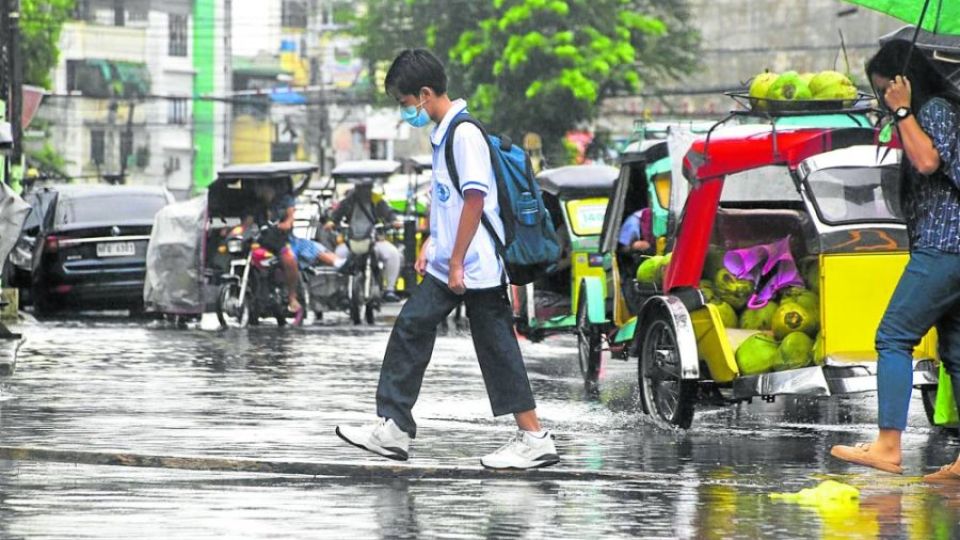September 7, 2023
MANILA, Philippines — The incidence of leptospirosis, a waterborne disease, soared by 139 percent nationwide in the past month amid heavy rains and flooding caused by typhoons and the southwest monsoon (“habagat”) that hit the country recently, the Department of Health (DOH) said.
“Cases are on a continuous increase with 542 cases reported in the recent (three to four) weeks—a 139-percent increase compared to the previous two weeks,” the DOH said in a statement.
It cited Metro Manila and the Ilocos and Calabarzon (Cavite, Laguna, Batangas, Rizal, and Quezon) regions as having the biggest increase in leptospirosis infections, accumulating a total of 441 cases in the last four weeks.
Infections also rose in the Cordillera, Cagayan Valley, Central Luzon, Mimaropa (Mindoro, Marinduque, Romblon, and Palawan), Bicol, Western Visayas, Eastern Visayas and Davao regions last month.
A total of 3,325 infections in the country had been reported from January to Aug. 19, based on the DOH’s latest data.At least 359 people died due to leptospirosis during the same period, or a case fatality rate of 10.8 percent.
“Continuous monitoring must be done as cases may still increase with late reports,” said the DOH.
Leptospirosis is usually transmitted to humans from water contaminated by animal urine, particularly from rats, and comes in contact with lesions in the skin or eyes. Symptoms include fever, chills, and severe headache, which usually appear four to 14 days following exposure to contaminated floodwaters or mud.


